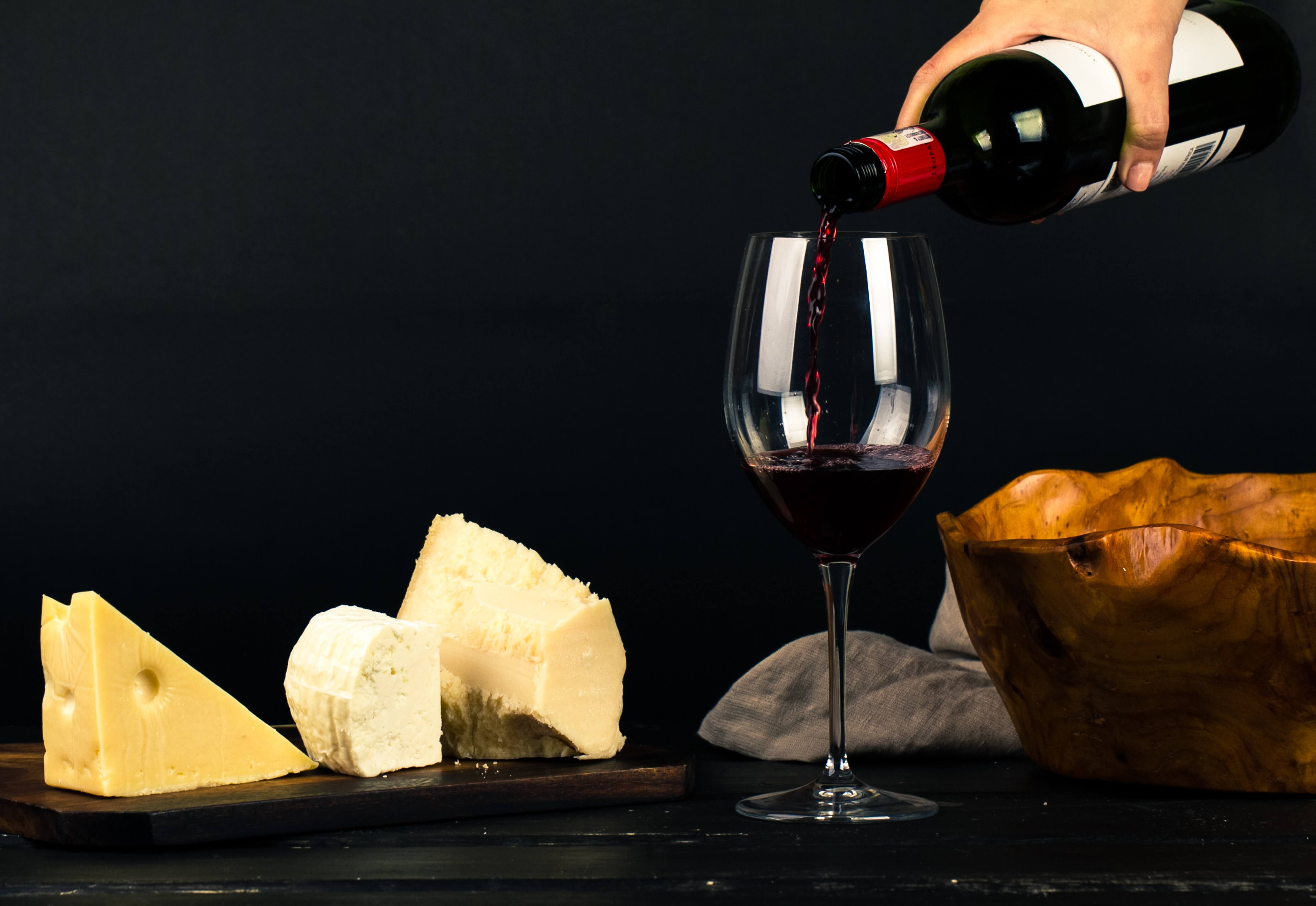Although breakfast is the most important meal of the day, it does not mean you can eat anything you want. Yes, you are burning what you eat early during the day, but the food could still end up as stored fats that are not good for your health. These are some of the foods you need to avoid in the morning.
Breakfast cereals
When you were young, you thought that breakfast meant cereal. It was easy to prepare, and your mom probably had the same meal for you when you woke up. The truth is that even if the labels suggest that cereals contain whole grains, they are not necessarily the healthiest option for you. Even if some brands may contain nutrients your body needs, most of them hold a whole lot of sugar. Even granola and oats contain loads of sugar you need to avoid.
Pancakes and waffles
Again, when you were young, you were excited when you had pancakes and waffles on the table. The essential ingredients are sugar, milk, and eggs. They might be okay for breakfast, but the amount of refined flour present in making them is not good for your health. Add to that the toppings that you have like maple syrup, butter, or honey. They contain too much sugar that is unhealthy.
Toast with margarine
When you think about toast with margarine, you might feel even more excited about eating breakfast. Unfortunately, margarine is a terrible choice. It does not contain any significant nutrients, plus it has saturated fat and sugar. The bread is essentially refined carbs that will make the sugar in your blood spike quickly. Elevated blood sugar levels could lead to weight gain.
Muffins
Muffins have a reputation for being healthy, but they are not. They are technically cakes that contain lots of refined flour and sugar. Apart from eggs, nothing else is healthy in a muffin. If you buy the muffin mix in a box, it may contain more sugar and flour than the ones you prepare at home. The added sugar for flavors like chocolate chips and dried fruits make muffins even worse.
Fruit juice
You think that fruit juices are okay, but they are terrible for your health. The juices you purchase typically contain very little juice, and more fructose or corn syrup. They are the reason why you have increased sugar levels in your blood. They could also increase your chances of putting on weight. Unless you prepare the juice at home with real fruits and nothing else, you cannot have fruit juice in the morning, or at all.
Given these reasons, you need to evaluate what you are eating in the morning. If you eat the right food for breakfast, you can have steak at night if you wish. You can check out upper west side restaurants for the best meals available. When you are careful with what you eat during the day, you will not mind eating a lot at night.
Read Also:






















